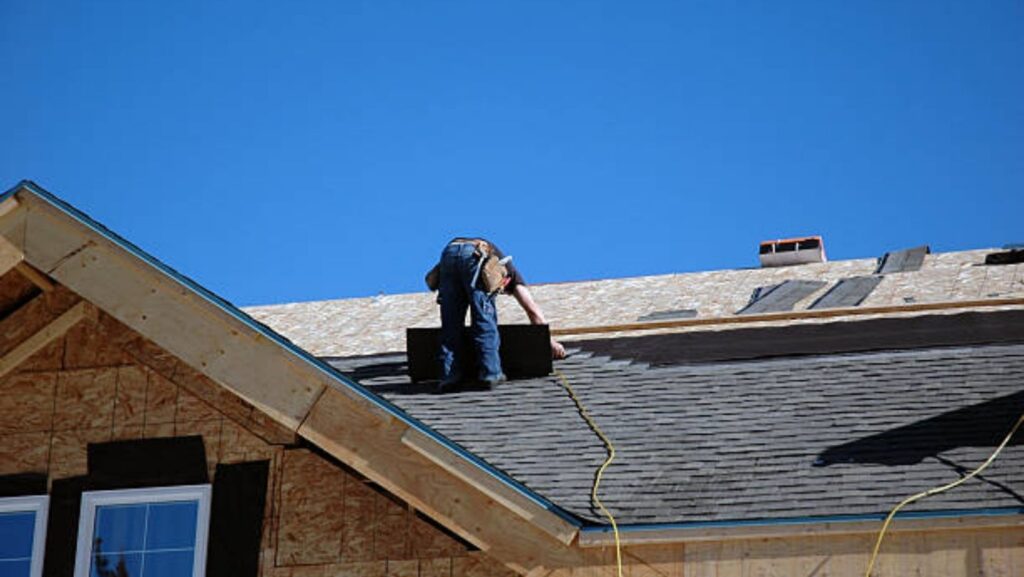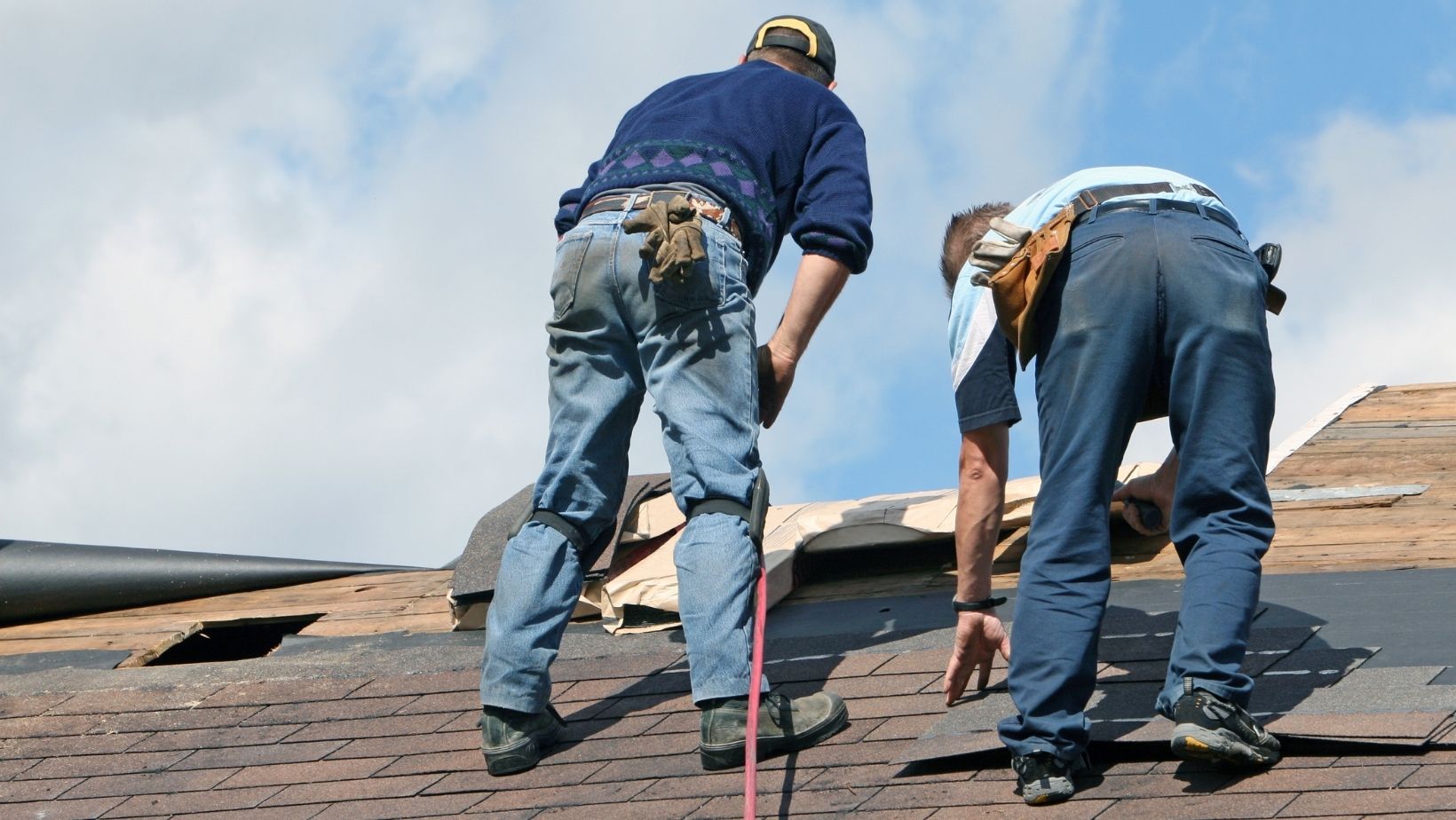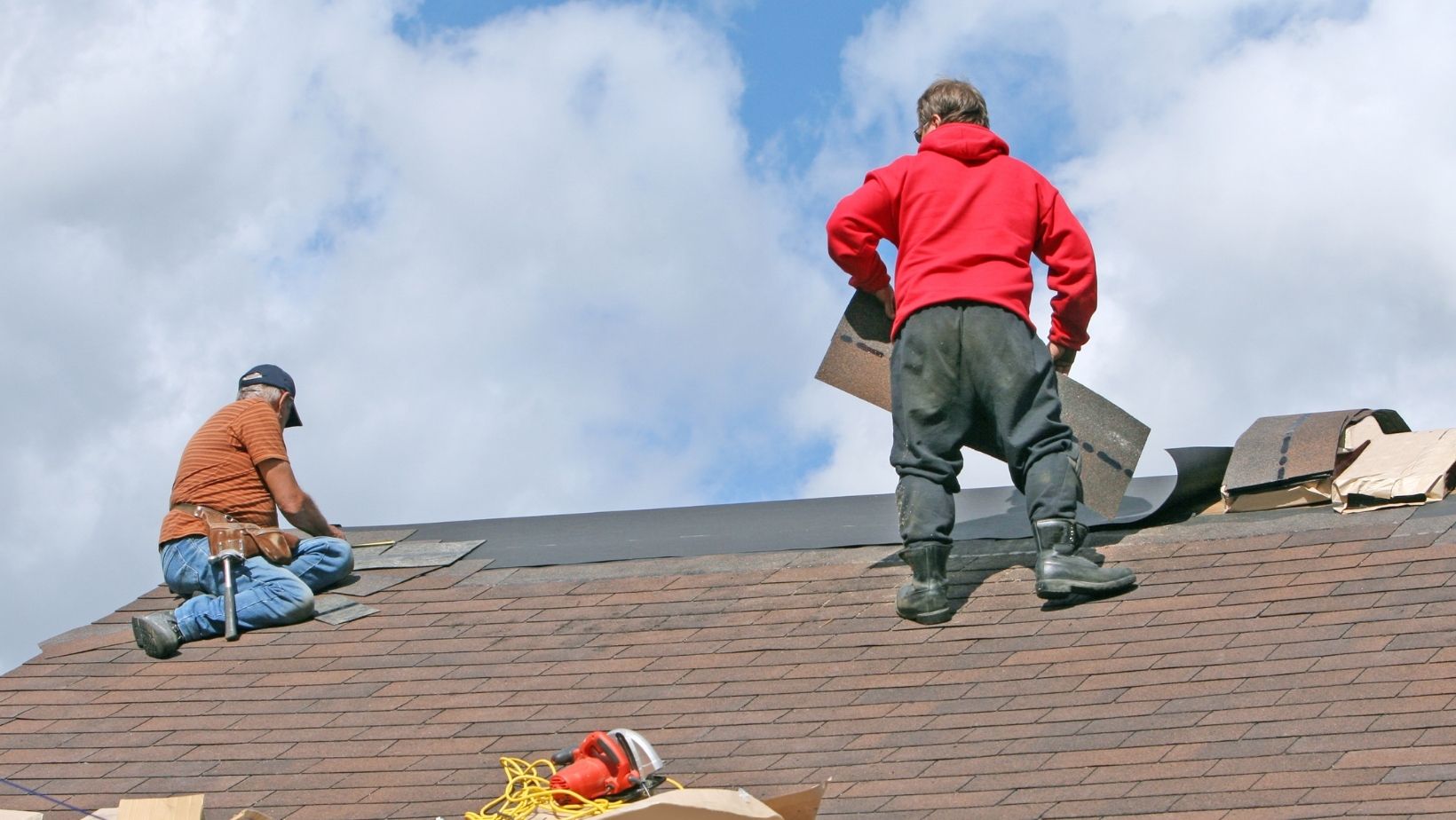Roof restoration is more than just a cosmetic upgrade; it’s a strategic investment in your home’s long-term performance and energy efficiency. As the primary barrier between your home and the elements, your roof plays a crucial role in regulating indoor temperatures, reducing energy costs, and enhancing overall comfort. In this article, we’ll explore how roof restoration can significantly improve energy efficiency, providing you with the insights needed to make an informed decision for your home.
Understanding Roof Restoration
Before diving into the energy efficiency benefits, it’s important to understand what roof restoration entails. Unlike a full roof replacement, which involves completely removing and replacing your existing roof, roof restoration focuses on repairing and revitalizing the current structure. This process typically includes cleaning, repairing damaged areas, applying a protective coating, and sometimes reinforcing the roofing materials.
How Roof Restoration Enhances Energy Efficiency
1. Improved Insulation
One of the primary ways roof restoration boosts energy efficiency is through enhanced insulation. Over time, roofing materials can degrade, reducing their insulating properties. This deterioration allows heat to escape during the winter and enter during the summer, leading to increased heating and cooling costs.
Roof restoration often involves adding or upgrading insulation materials. Modern insulating products, such as spray foam or reflective coatings, can significantly enhance your roof’s ability to maintain a stable indoor temperature. By improving insulation, your home remains cooler in the summer and warmer in the winter, reducing the strain on your HVAC system and lowering your energy bills.
2. Reflective Coatings
Reflective coatings are a popular feature in many roof restoration projects. These coatings are designed to reflect sunlight and reduce the amount of heat absorbed by the roof. Traditional dark-colored roofs can absorb a significant amount of solar radiation, which contributes to the heat island effect and raises indoor temperatures.
By applying a reflective coating, such as a cool roof coating, you can lower the roof’s surface temperature. This reduction in heat absorption translates to a cooler indoor environment, which means your air conditioning system doesn’t have to work as hard to maintain a comfortable temperature. This not only enhances energy efficiency but also extends the lifespan of your roof by minimizing thermal stress.
3. Sealing Leaks and Gaps
Roof leaks and gaps are more than just inconvenient—they can also undermine your home’s energy efficiency. Leaks allow conditioned air to escape and outdoor air to enter, leading to temperature fluctuations and higher energy consumption.
During a roof restoration, any leaks or gaps are thoroughly inspected and sealed. This process ensures that your roof maintains a tight seal, preventing air loss and improving overall insulation. Sealing these gaps helps to stabilize indoor temperatures and reduces the workload on your heating and cooling systems.
4. Enhanced Roof Ventilation
Proper roof ventilation is crucial for maintaining energy efficiency. Without adequate ventilation, heat and moisture can build up in the attic, leading to increased temperatures and potential damage to roofing materials.
Roof restoration can include the installation or improvement of ventilation systems, such as ridge vents, soffit vents, or roof turbines. Effective ventilation allows for better airflow, helping to expel excess heat and moisture. By improving ventilation, you can prevent overheating in the attic and reduce the cooling load on your HVAC system.
5. Reduced Roof Damage and Wear
Regular maintenance and restoration can prevent minor issues from escalating into major problems. Addressing issues such as cracked tiles, missing shingles, or worn-out flashing during a restoration helps to maintain the roof’s integrity.
A well-maintained roof is better equipped to handle environmental stressors, such as extreme temperatures, heavy rain, and UV radiation. By protecting your roof from damage, you extend its lifespan and avoid the need for premature replacement. This proactive approach contributes to energy efficiency by ensuring that your roof continues to perform optimally.
6. Cost Savings and Return on Investment
Investing in roof restoration can lead to significant cost savings over time. By improving energy efficiency, you reduce your monthly utility bills, which can offset the initial cost of restoration. Additionally, a well-maintained roof enhances your home’s value, providing a strong return on investment if you decide to sell.
Restoration is often more affordable than a full roof replacement and can deliver comparable benefits in terms of energy efficiency. It’s a cost-effective solution for homeowners looking to enhance their home’s performance without the expense of a complete overhaul.
Conclusion
Roof restoration offers a range of benefits beyond aesthetic improvements. By enhancing insulation, applying reflective coatings, sealing leaks, improving ventilation, and reducing wear, roof restoration plays a vital role in improving energy efficiency. These upgrades help to maintain stable indoor temperatures, reduce energy consumption, and lower utility bills.
For homeowners seeking to enhance their home’s performance and reduce energy costs, roof restoration presents a valuable opportunity. It’s an investment that not only improves comfort but also contributes to long-term savings and environmental sustainability. If you’re considering roof restoration, consult with a professional to explore the best options for your home and take the first step towards a more energy-efficient future.




More Stories
3 Benefits of Hiring Fence Contractors For Residential Fencing Services
When It Rains, It Floods: How To Survive Surprise Home Repairs Without Going Broke
How to Find A Reliable Bathroom Contractor in Burlington